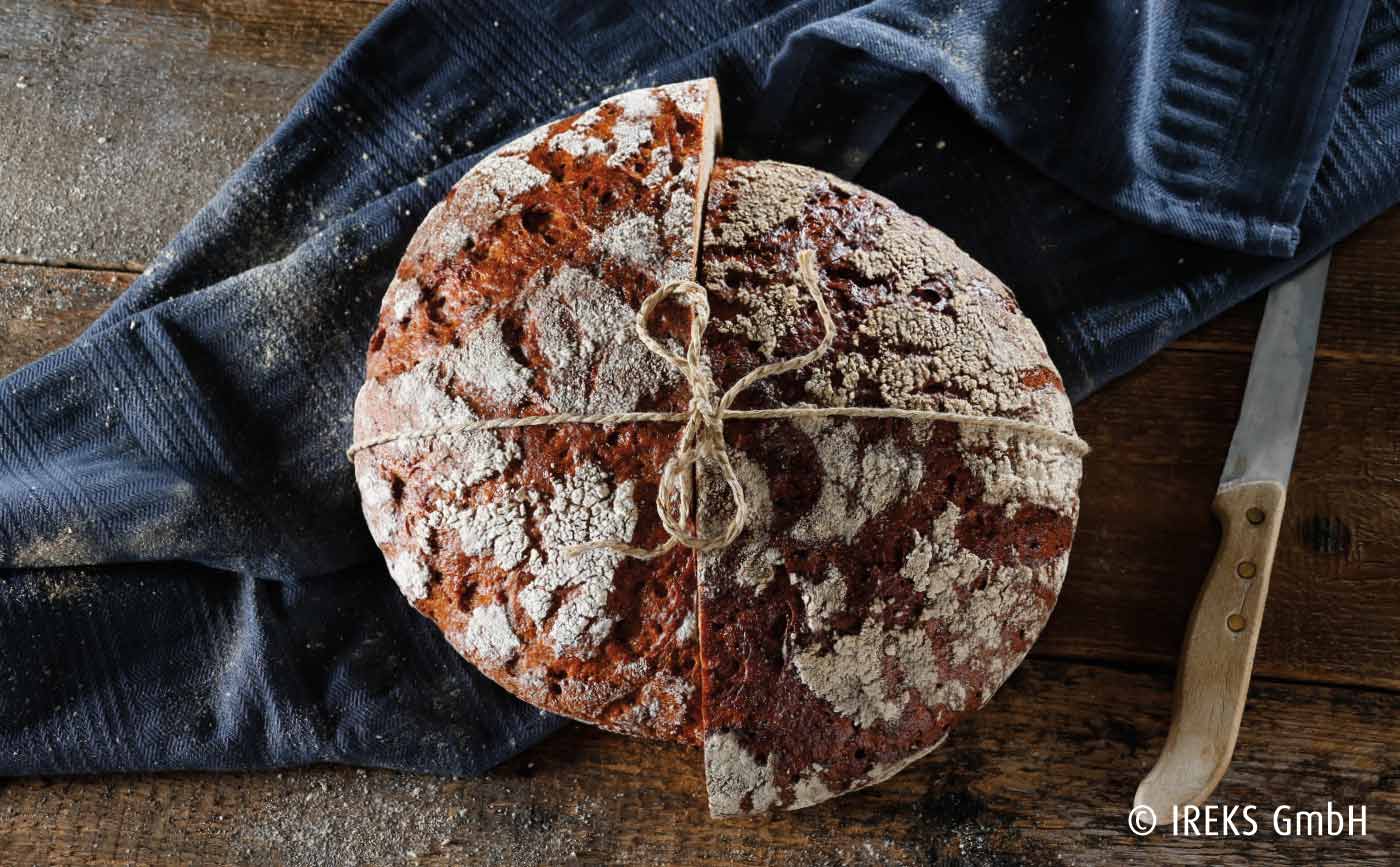“Our daily bread” is a staple food which is hugely popular all over the world. But how can good bread be recognized? During the production of bread, many factors are taken into consideration which are involved in the success of appealing and digestible bread. The choice of suitable raw materials, balanced processing recipes, optimum dough methods, a good baking process and the know-how of the baker contribute towards the success.
An impeccable shape, optimum crust properties, a well-aerated crumb, a good elastic texture, a rounded-off smell and an aromatic taste are the features of good bread which can be evaluated within corresponding test procedures.
What is more, the appetizing appeal, a good aeration and digestibility and a long freshkeeping contribute towards making bread even more attractive. The attributes are described briefly in the following
Appetizing appeal
The appetizing appeal of bread is perceived by all our senses. Initially, the eyes notice the shape, the colour and the shine of the crust. While the nose perceives the smell, our hands feel the crispness of the crust and our ears hear the crunching and splintering which take place when cutting. Finally, our tongue and palate absorb the taste impressions during consumption. As a result of the entire effect of the bread on our senses, the digestibility of the bread is promoted and one’s mouth literally waters.
Good aeration and good slicing properties
The aeration of the crumb is due to the proof and the gas retention property of the doughs which both have to be adjusted to one another so that the proof always makes full use of the gas retention property, but never overtaxes it, however. The slicing properties are achieved by the complete binding of the added water and the chewing capability of the crumb by the existence of many elastic pore walls.
Digestibility
A good digestibility requires that the starch is well gelatinized and the crumb sufficiently aerated, with good slicing properties and good chewing. The extent of the development of the starch depends on the amount of liquid added, the dough method, the oven temperature and the consistency of the starch.
Long freshkeeping
Bread loses water and aroma substances during the time of storage. If the storage conditions are not at an optimum, the effects of staling can progress more quickly and the keeping quality be shortened. By optimum measures for the dough preparation, the baking process and, subsequently, the storage of the bread, the keeping quality is extended and spoilage can be avoided.

